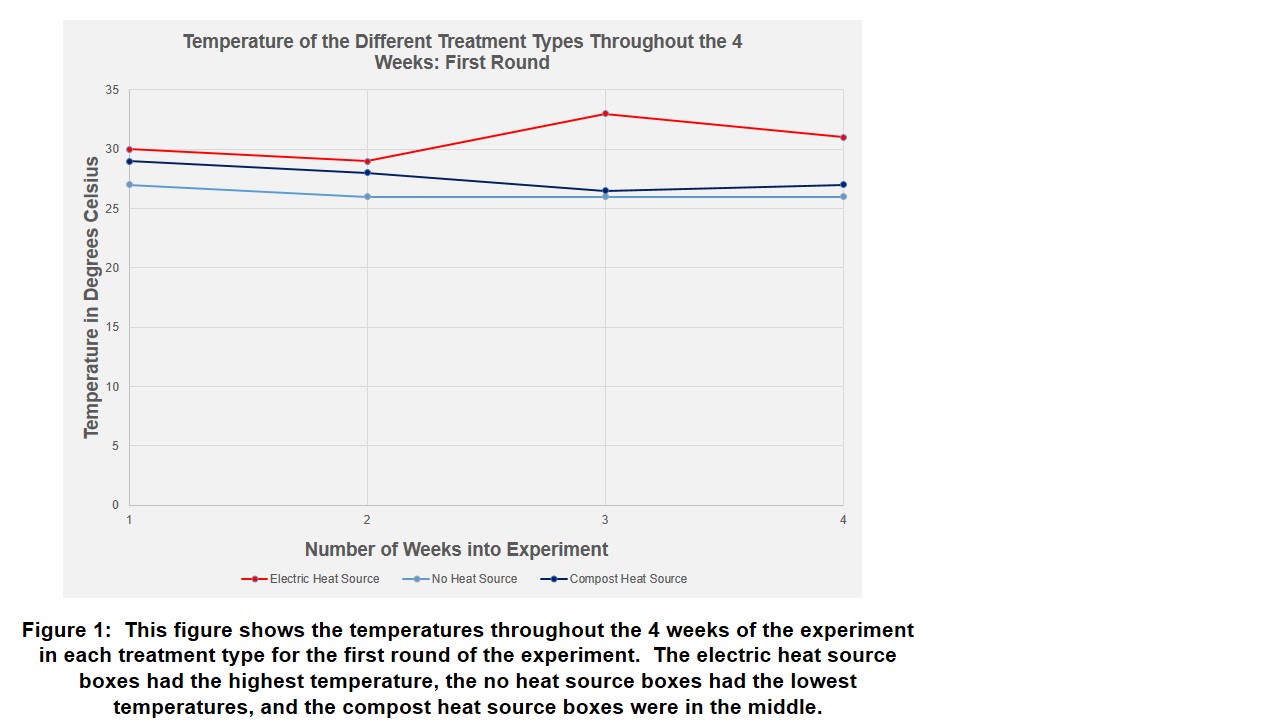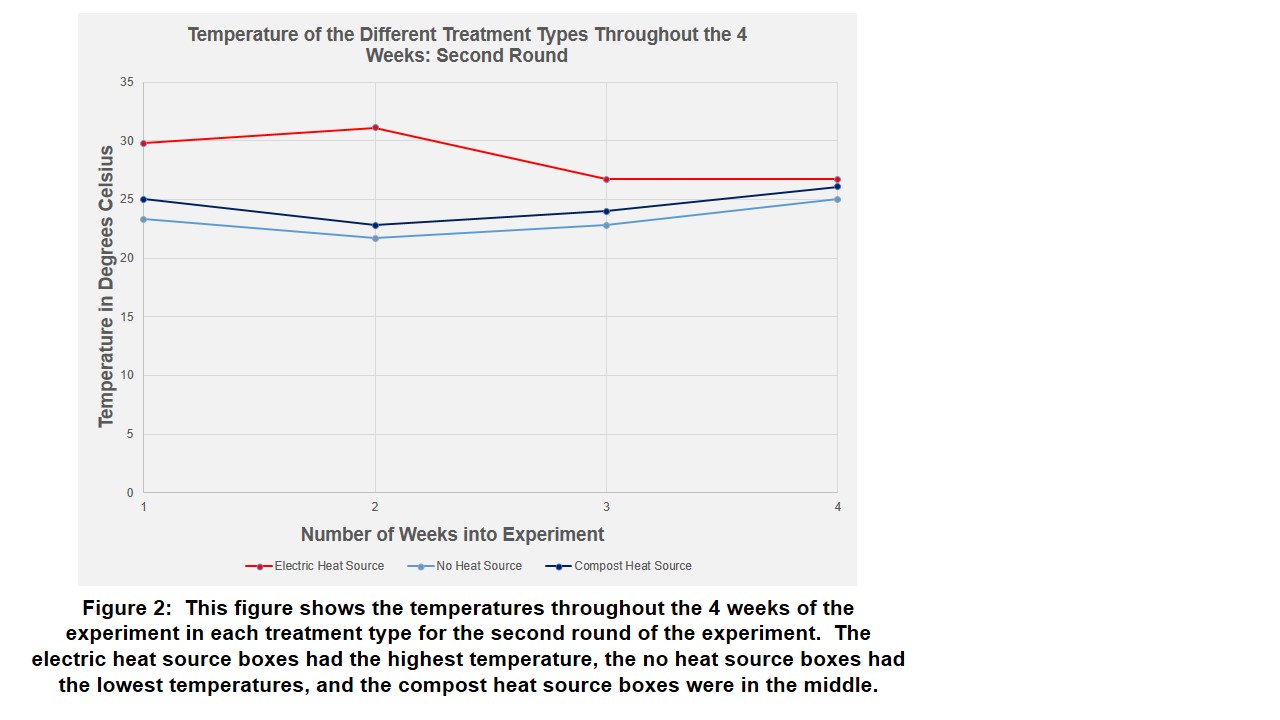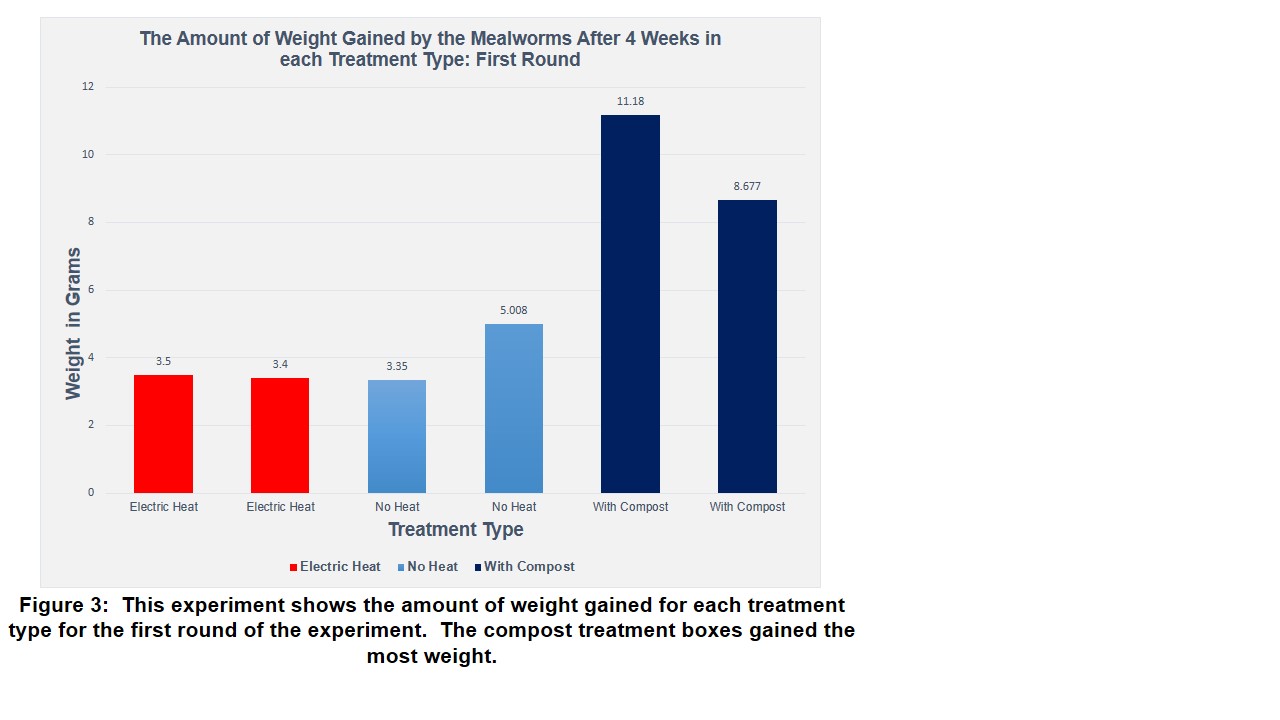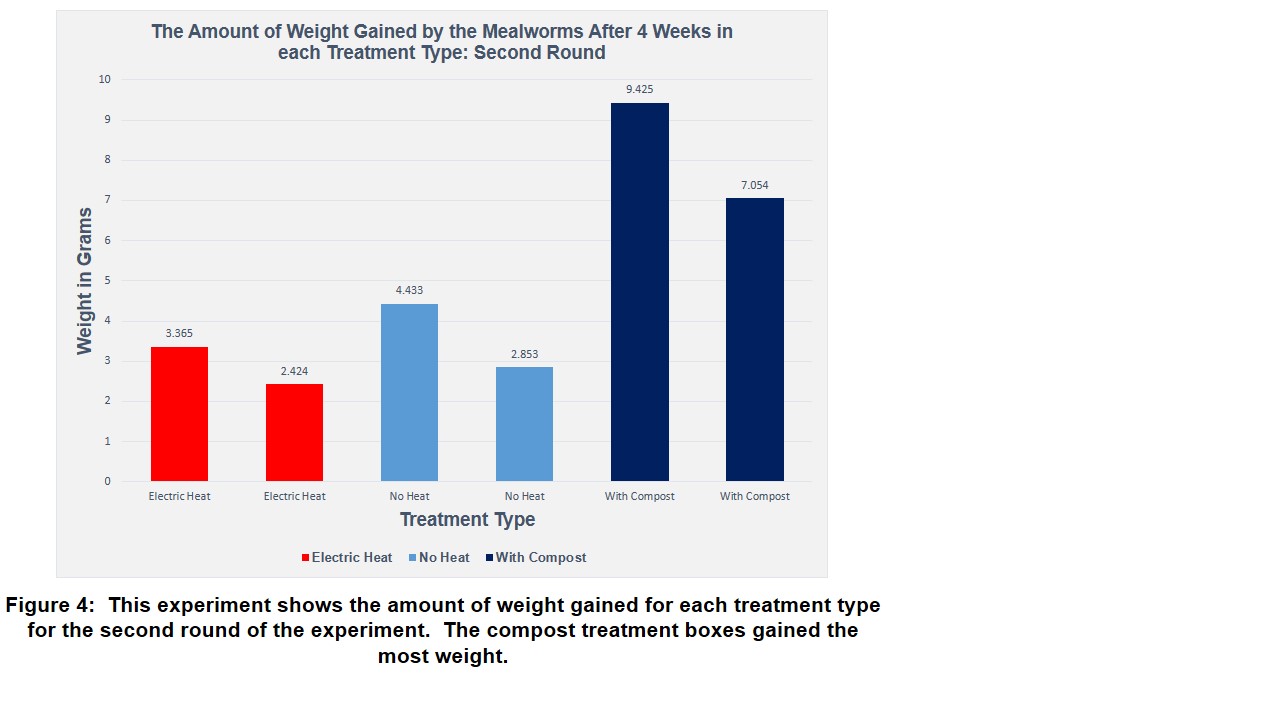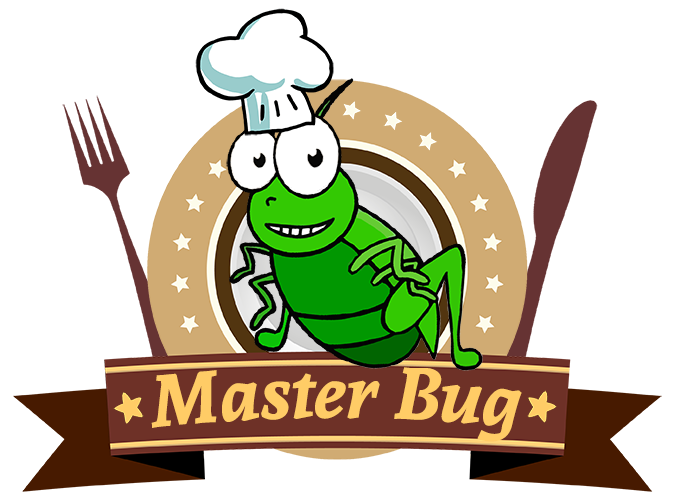 Adam Brantley -a 7th Grade student at Oconee County Middle School, Watkinsville, GA USA- wrote us to share his interesting experiment about raising mealworms for human consumption without the use of electricity.
Adam Brantley -a 7th Grade student at Oconee County Middle School, Watkinsville, GA USA- wrote us to share his interesting experiment about raising mealworms for human consumption without the use of electricity.
We’re happy to share his work with our readers.
“The idea of using insects as a major source of protein for humans has increased in popularity in recent years, even here in the United States, because of the many benefits. Some of these benefits include:
insects do not require much space to raise
insects emit fewer greenhouse gases than traditional livestock
insects are cheaper to raise (require less feed) than traditional livestock
I wanted to see if it would be possible to grow mealworms without using electricity for heat, at a comparable success rate as using an electric reptile heating pad. My source of heat without electricity was grass compost. I got this idea from a bird called the brush-turkey that uses decomposing vegetation as a heat source to incubate its eggs. I hypothesized that heat from the compost will be a sufficient heat source to grow the mealworms at a comparable rate to the heat from the reptile heating pad.
First, I gathered up some grass clippings that our family puts in a pile in the backyard after mowing the lawn. Next, I wet the grass clippings until it got to the consistency of a sponge. After that, I let the mixture sit in the sun for 5 hours. I did this so there would still be moisture in the compost, but so that it would not be too wet. I also wanted to get rid of the ants that were in the grass clippings.
I then weighed 1.21 grams worth of mealworms. This ended up being about 75 mealworms, but I was more concerned with keeping the starting weight the same in all of the treatment boxes. I put that into all 6 boxes. The boxes were plastic, Sterilite brand, 15 quart containers with plastic lids with holes drilled into the lid. To set the boxes up, I had 2 of each treatment types. I also ran the entire experiment through in its entirety 2 times. The treatment boxes were labeled and had the following in them:
Box 1 and 2: Electric, reptile heating pad (16W)
Box 3 and 4: Grass clippings, piece of cardboard for added insulation
Box 5 and 6: No heating system (control).
All of the boxes had a cup of Quaker oats and 2 carrots added to them. All of the boxes also had a thermometer with a sensor that was put in with the mealworms. The thermometer recorded the high and low temperature in the box.
I put the box with the electric, reptile heating pad on top of a pizza box so that the plastic containers with the mealworms would not become too hot, which could be deadly for the mealworms. For the compost boxes I put the compost on the bottom and the mealworms in an aluminum tray above it. Each week, I put in 2 more carrots and added oats. At the end of 4 weeks, I gathered up all of the mealworms in all of the treatment boxes and weighed them.
I have the results in the following graphs for this experiment. This experiment was run through in its entirety twice.
Figure 1: This figure shows the temperature throughout the 4 weeks of the experiment in each treatment type for the first round of the experiment. The electric heat source boxes had the highest temperature, the no heat source boxes had the lowest temperatures, and the compost heat source boxes were in the middle.
Figure 2: This figure shows the temperature throughout the 4 weeks of the experiment in each treatment type for the second round of the experiment. The electric heat source boxes had the highest temperature, the no heat source boxes had the lowest temperatures, and the compost heat source boxes were in the middle.
Figure 3: This experiment shows the amount of weight gained for each treatment type for the first round of the experiment. The compost treatment boxes gained the most weight.
Figure 4: This experiment shows the amount of weight gained for each treatment type for the second round of the experiment. The compost treatment boxes gained the most weight.
In conclusion, I was able to successfully raise the mealworms without an electrical heat source. I suspect this might be because the compost made the environment very moist for the mealworms. In the future, measuring the humidity would be something that would be useful to know.
The results of this experiment are exciting because mealworms have such a great potential as a protein source for humans. As our human population continues to grow, we will need new sources of protein. The traditional ways of raising poultry, beef, and pork take up a lot of space, are a big source of greenhouse gases, and consume a lot of feed. Insects are an excellent alternative because they require very little space and food and do not create nearly as much greenhouse gases. Being able to raise them effectively without electricity, also makes them an even more appealing possibility. I am looking forward to continue experimenting with raising insects for human food.”


